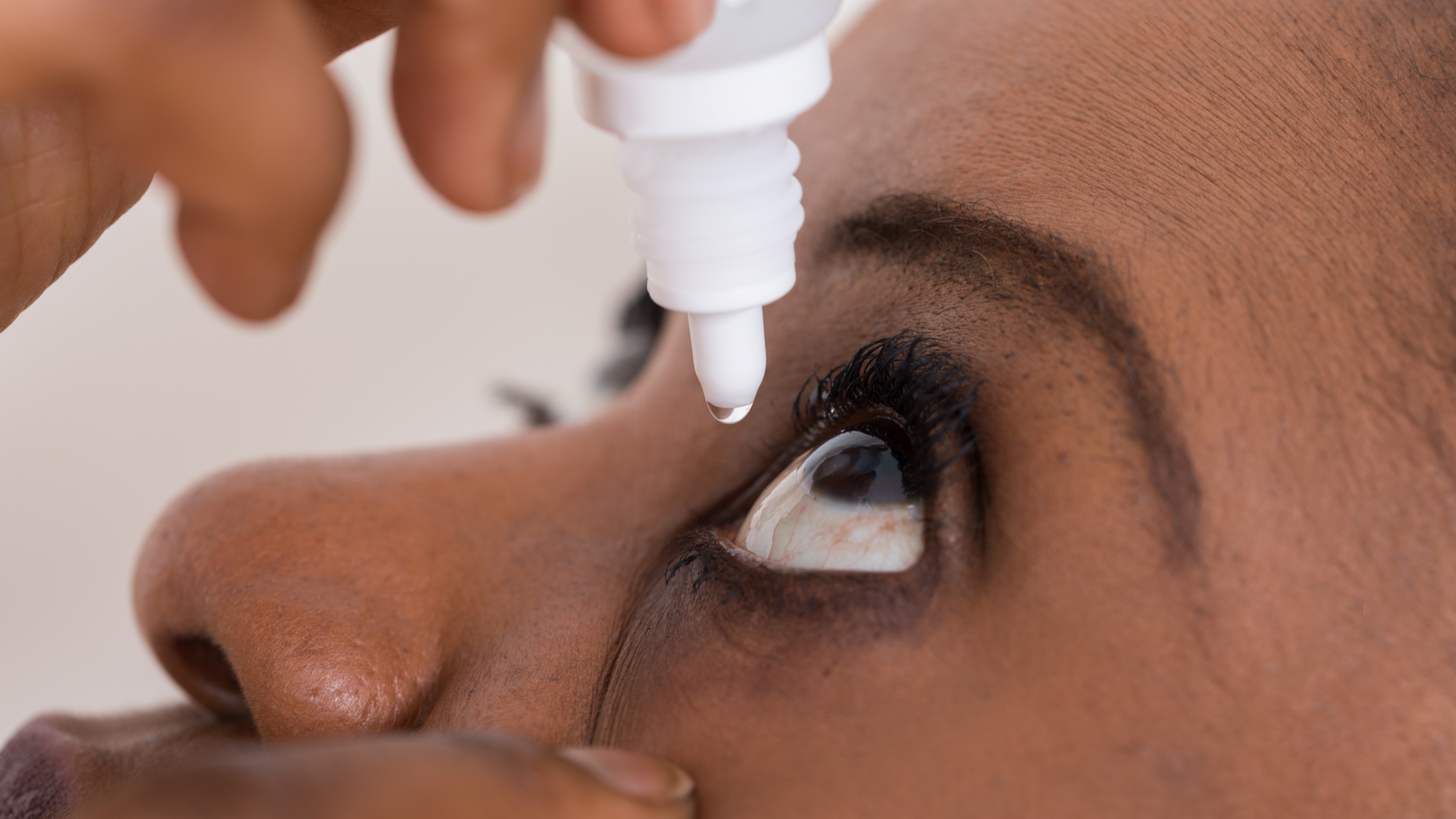- Eye drops are the most effective treatment to reduce eye allergy symptoms like redness, itchiness, or watery discharge.
- These eye allergy symptoms, known medically as allergic conjunctivitis, are very common with seasonal allergies.
- There are a few main types of allergy eye drops – read on to learn which is right for you.
- This article was medically reviewed by Jason R. McKnight, MD, MS, a family medicine physician and clinical assistant professor at Texas A&M College of Medicine.
- Visit Insider’s Health Reference library for more advice.
Eye allergies, also known as allergic conjunctivitis, affect up to 40% of Americans.
They occur when an allergen like pollen, pet dander, or dust mites irritates the protective membrane that covers your eyes, called the conjunctiva.
The allergic reaction triggers the release of histamine, a molecule that activates the body’s immune response causing symptoms like itching and redness.
Symptoms of allergic conjunctivitis
Allergies are usually more common in the spring when allergens, like pollen, are rampant, says Marc Goldstein, MD, allergy chief at Pennsylvania Hospital.
If you have eye allergies, Goldstein says, typical symptoms include:
- Itchiness in the white of the eye, the inner corner of the eyes, or along the eyelids
- Redness in the white of the eye
- Watery discharge from the eyes
- Itchiness and swelling on the skin around the eyes
In rarer cases, allergic conjunctivitis can cause:
- Blurriness
- Discoloration of skin under eyes
Treat eye allergies with the right eye drops
For the sudden onset of eye allergies, drops are best.
"Eye drops do not help with nasal symptoms, but are the quickest relief for eye symptoms like eye itching, tearing, redness of the white of the eyeball, and swelling in the tissues around the eye," Goldstein says.
Different types of allergy eye drops will either prevent or mitigate symptoms, depending on how they work. These drops are available in prescription strength and over the counter.
Here are three common types of allergy eye drops, and when they are most beneficial.
Antihistamine eye drops
Antihistamine eye drops work by counteracting the body's histamine response, which in turn reduces itching and other symptoms. These drops have an almost immediate effect, relieving eye irritation within two minutes of use.
"You will likely want to use an antihistamine If you're experiencing symptoms like itchy and watery eyes and need immediate relief," says Margaret Liu, MD, founder of the San Francisco Eye Institute at the Pacific Vision Eye Institute.
Pataday is one of the most common types of antihistamine eye drops, and it is widely available over the counter.
Antihistamine drops can be used multiple times a day, depending on the specific brand of drop you're using. Follow the directions on your eye drops.
Anti-inflammatory eye drops
Anti-inflammatory eye drops act on the nerve endings in and around the eye to reduce inflammation, including redness and swelling. They can also reduce itching.
There are two types of anti-inflammatory eye drops:
- Non-steroidal anti-inflammatory drugs (NSAID), like Acular
- Mast cell stabilizers, like Alomide, Alocril, or Alamast
Non-steroidal eye drops are stronger than antihistamines, Liu says. However, since there is a potential for serious side effects including vision changes and cataracts, anti-inflammatory drops should "only be used for severe allergies and for a short period of time," under the direction of a doctor she says. Sometimes, these drops can burn or sting when they're put in, Liu says.
On the other hand, mast cell stabilizers prevent the release of histamine from mast cells during an allergic reaction. That means that when you encounter an allergen, you won't have an allergic response in the first place. Mast cell stabilizers are an effective preventative, Liu says, but they must be taken regularly throughout allergy season, 2-6 times per day depending on the drops.
"They are most effective for patients with known allergens who are anticipating exposure," she says. "These are less effective in treating symptoms that are present, however they can help prevent future symptoms."
It can take a few days of regularly applying these drops before you begin to see a difference in symptoms, Goldstein says.
Combination eye drops
Combination eye drops that contain both antihistamines and mast cell stabilizers have become a front-line treatment for eye allergies because they prevent symptoms and treat symptoms that are already present.
"Combination drops… help treat various targets in the pathway leading to symptoms triggered by allergens and can be more effective than treating one target alone," Liu says.
When using combination drops, be sure that the drops do not contain a decongestant like tetrahydrozoline. Decongestant eye drops will reduce redness in the eye, but if used regularly they can increase redness in the long-run, Goldstein says. You should not use these for more than 72 hours at a time.
Other medications
Other allergy medications - like oral antihistamines and steroid nasal sprays - can reduce allergy symptoms overall, including eye allergy symptoms, but they must be taken consistently.
When to see a doctor
Antihistamines and mast cell stabilizers are generally safe to use, Liu says. NSAID drops should only be used under the supervision of a doctor, and decongestants should only be used occasionally.
No matter what type of allergy eye drops you are using, reach out to your doctor if you suddenly start having increased symptoms.
"If you have persistent thickened discharges from the eye, pain in your eye, visual impairment (besides the transient blurred vision from watery discharges mentioned before), or if your symptoms are not going away, please see a doctor," Goldstein says.
